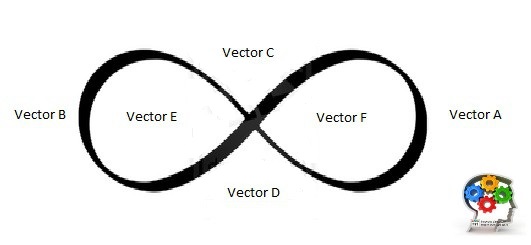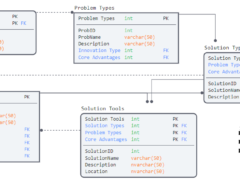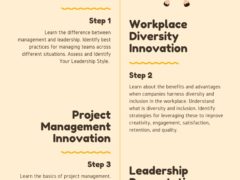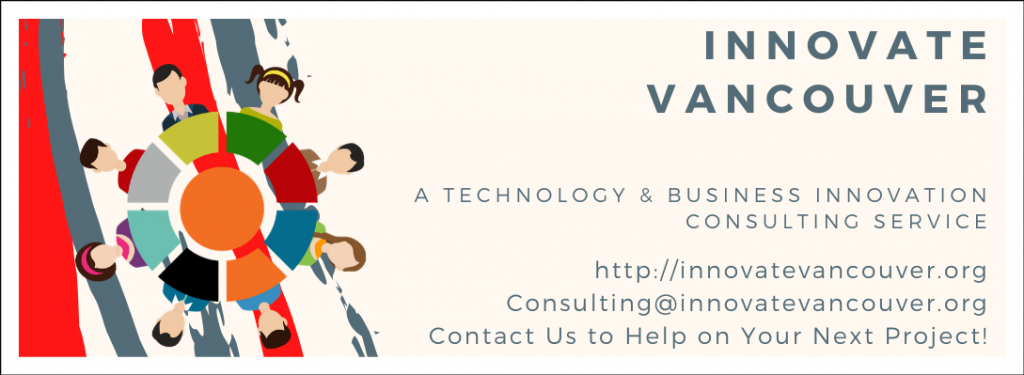Systems thinking advanced on earlier models of thought about how structures interact and how to influence them. Historical leaders models have been criticized for being overly linear and deterministic. Many leaders found they were unable to adequately predict or explain what they faced. They advocated for a more dynamic model that could be used to explain the data.
Model users have often acknowledged the challenges of applying academic models within the business environment. The resulting insights have helped the industry recognize the influence of overtly rigid models on expectations. These models also affect the business environment’s design. The results are often unsatisfactory, despite the normative and lofty goals and values espoused by the models.
- Ethics in business is crucial but what exactly does this mean in the investing industry?
- Transparency in business is crucial but what exactly does this mean in a private startup?
- Leadership in business is crucial. But what exactly does this mean in legacy sectors? How does it apply to innovative sectors? What about under-performing or resource limited sectors?
- Coaching in business is crucial. What does this mean in virtual teams? What about in digital, brick n mortar, or geographically distributed teams?
Leadership competencies, when defined beyond general tools, also differ to fit the unique needs of each industry. They vary according to market and customer segment. This is why breadth and depth of competencies are needed. These competencies help in developing business and service models. These models are designed to meet the different needs of the customer segments served. Developing product/ and service models that are largely created for a homogeneous customer group (see the business case analysis on Data Analytics, Inc.) will inevitably run out of customers.
New leaders are often brought on board to ‘fix broken things.’ Unfortunately many of these will be reinforced by the existing business model ecosystem. They will be the deliberate strategy of teams, and/or disconnected individuals, to achieve goals within an increasingly misaligned environment.
The solution is often to ‘do more with less’ as well as ‘get more done by trying harder.’ Unfortunately these approaches do not, and likely never, work. Fortunately, business leaders and academics are recognizing these limitations and working together to find a solution. But these solutions will not work unless the leadership team is willing to look at problems differently. Allocating resources to the same strategies will only produce the same results (to paraphrase Einstein).
System Thinking Models

System thinking insights, and content, are designed to fit the environment. The result is a highly adaptive model that draws connections that are as varied and dynamic as the universe itself.
A systems thinking model is needed. It will help leadership teams think differently and pursue with purpose. It will also help them throw off the chains of outdated pedagogical teachings. A new type of leader is required to help teams challenge the status quo. They need to ask tough questions. This leader should envision a new normal without establishing new rigid structures.
There are several different definitions of systems thinking (depending on the model used) but the following are often cited as useful:
Phillipe Vandenbroeck (2015) defines systems thinking as the following:
“Systems thinking is a rebellion against the objectionable habit of reductionist sciences. These sciences suppose that there is always some order hiding behind the disorder of the visible world.”
Vanderbroeck
Barry Richmond (1978) founded the term and defines it as follows (cited in Thwink.com article on Systems Thinking):
“Systems Thinking is the art and science of making reliable inferences about behavior. It achieves this by developing an increasingly deep understanding of underlying structure”.
Richmond
Peter Senge in his book The Fifth Discipline (2006 ed.) outlines five characteristics of systems (cited in Thwink.org article on Systems Thinking):
- All systems are composed of inter-connected parts
- The structure of a system determines its behavior.
- System behavior is an emergent phenomenon
- Feedback loops control a system’s major dynamic behavior.
- Complex social systems exhibit counter intuitive behavior.
The study of complexity increases one’s understanding of dynamic and evolving systems. The study of fractals in systems thinking increases one’s understanding of how system components evolve. It also explains why they perpetuate and replicate. This replication of patterns becomes a recurring theme in rigid systems. However, it becomes a strength in evolving and leadership-based systems. These systems can adapt to changing customer, regulatory, economic, and technical needs.
The questions to explore using the systems thinking model are virtually unlimited. A decent place to start begins with the business model. An example of a Daas (Data Analytics, Inc.) is shown below.
- How do the moving parts within the business model interact? And in what way?
- How do strategies in one business model area influence other areas? Positive and negative?
- What are the strengths & weaknesses (see SWOT analysis) of each business model area? What components within-each-area need strengthening?
Driving value within business model areas requires understanding the business’ value proposition. It involves evaluating whether it solves customer problems and adapts to changing customer needs. Additionally, it should be supported by the company’s existing ecosystem assets.
The lesson here is that there is no one-size-approach. Problems evolve. Tools loose their effectiveness. Previous explanations no longer hold true. A systems approach to business model development, evaluation, and planning is needed.
How is your business model supported to adapt to an ever changing environment? Share your comments below.
Travis Barker, MPA GCPM
Innovate Vancouver
Innovate Vancouver is a Technology and Business Innovation Consulting Service located in Vancouver, BC. Contact Innovate Vancouver to help with your new project. Innovate Vancouver also gives back to the community through business consulting services. Contact us for more details.
Resources:
P. (2015, June). SYSTEMS THINKING AND FOUR FORMS OF COMPLEXITY. Retrieved September 10, 2017, from http://www.shiftn.com/media/shiftN_WP_Systems_Thinking_Web.pdf
Senge, P. M. (1990). The fifth discipline: the art and practice of the learning organization. New York: Doubleday.
Systems Thinking. (n.d.). Retrieved September 10, 2017, from http://www.thwink.org/sustain/glossary/SystemsThinking.htm








